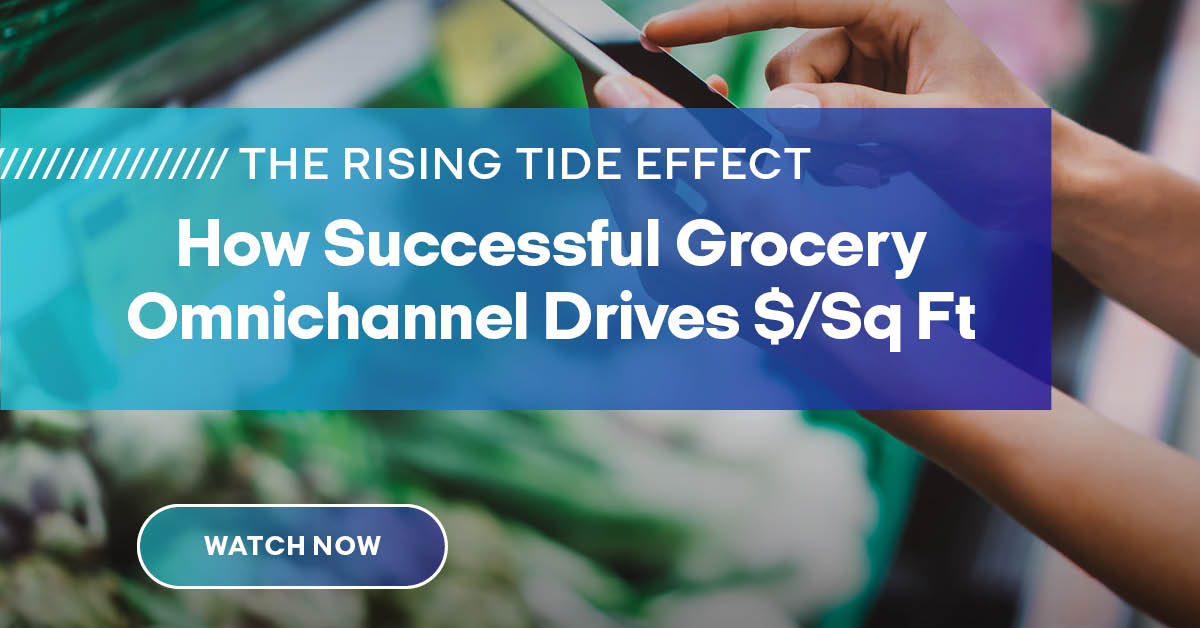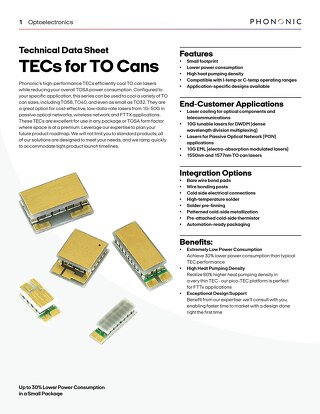Frozen Foods Make a Comeback
June 13, 2019
When you picture millennials at the grocery store, you probably imagine a cart full of fresh organic produce, kefir and free-range meats. However, a 2018 study concluded that there is room reserved in their carts for another food type: frozen.
The study by CPG Marketing Firm Acosta found that 26% of total U.S. grocery shoppers are shopping in the frozen foods department more frequently than last year, an increase being led by millennials and households with children. So, what’s prompting 43% of millennials to increase their frozen food purchases?
Frozen options are healthy!
Recent studies have finally debunked the myth that frozen veggies are lacking in nutrients when compared to their fresh counterparts. In fact, nutrient loss begins at the moment of harvest, meaning that during transportation, handling, and display time, fresh produce might lose up to half the original amount of nutrients. By immediately freezing fruits and veggies, the enzymes that cause loss of color, flavor, and nutrients are deactivated. And that means that frozen veggies can often have more nutrients than fresh ones.
Healthy, organic vegetables are clearly foods that millennials value. 52% of those who buy organic produce are millennials, and millennials are also driving a global shift towards plant-based diets. Options for frozen vegan and organic meals, such as breakfast sandwiches, burritos and enchiladas, are no doubt attractive to this group. There are plenty of brands available for grocery stores to stock and showcase healthy options to millennials. Stores can also build loyalty among millennials by offering free samples of these individually-wrapped meals in other areas throughout the store away from the freezer section, opening their eyes to new options in health and convenience during their shopping experience.
There is a wider variety of healthy, sustainable options.
Speaking of healthy produce, millennials are also buying more frozen foods because brands are offering a greater selection of healthy options. Acosta’s survey also pinpointed the following factors as most important in making purchasing decisions:
- No antibiotics: 76%
- Hormone free: 76%
- All natural: 73%
- Sustainable: 71%
- Low sodium: 69%
It’s convenient for busy families with kids.
There’s a specific subset of millennials leading the increase in frozen food purchases – millennials with children. Parents with busy schedules are always looking for convenient ways to feed their children. Many millennial parents always have a bag of frozen veggies in the fridge, ready to toss into a pot of macaroni and cheese or to use on the days when they aren’t able to run to the store for fresh produce. Frozen breakfast foods are also popular with parents, as they offer a quick alternative to cereal on hectic weekday mornings. Frozen treats such as ice cream and popsicles are convenient for parents to grab right at check-out and have on hand when their children occasionally ask for a snack.
Frozen foods = less waste
Chances are you’ve read at least one article or seen at least one news segment on how to minimize food waste, and for good reason. In the United States, we waste 41% of our food each year! Choosing to purchase frozen produce instead of letting fresh food go bad in the fridge not only saves money, but also reduces unnecessary food waste. There’s also the consideration of packaging for a convenient frozen meal choice vs. a convenient takeout choice. Frozen meals in a single bag or container, such as burritos, breakfast sandwiches and hamburgers, are the clear winner when you consider the waste that typically accompanies takeout meals (Styrofoam or plastic containers, disposable utensils, napkins and bags). For many socially-conscious millennials, opting for a grocery choice that reduces waste is a no-brainer.
RELATED READ: Fresh Facts about Food Waste eBook
As the millennials enter their peak food shopping years, brands and retailers should take advantage of this frozen food trend by considering new opportunities for frozen food placement and promotion. Positioning high-margin frozen products (that are healthy and/or kid-friendly) in prime, noticeable locations allows a dad who is shopping with his kids to easily grab one or two more frozen items before checkout. It’s also a great way to draw attention to new products by allowing them to stand out on their own, instead of blending in with all of the other products in the freezer at the back of the store. Marketing to millennials and making frozen displays a focal point can help supermarkets and brands take this current increase in frozen food sales to the next level.









